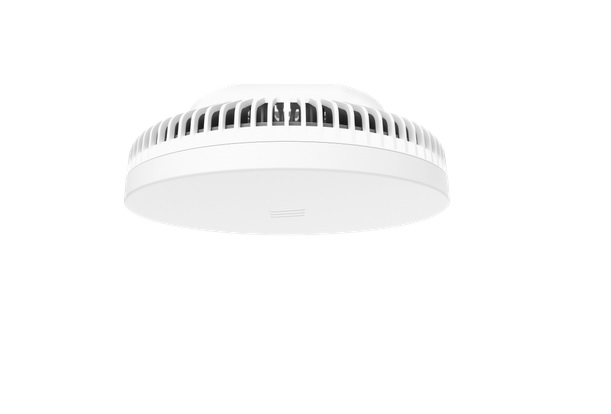Ericsson has announced the latest products in its Radio Dot series of small cells, this time focused on 5G technology.
The 5G Radio Dot will be trialled later this year and will be launched in 2019.
Ericsson said the product will help meet indoor demand for next generation connectivity. It claimed the system will take half the time to install when compared to other indoor systems and will support potential 5G bands of 3-6GHz with speeds of up to 2GBps.
Daryl Schoolar, Practice Leader, Ovum, said: “Now that first 5G standards are here, vendors are going to need multiple radio solutions to help operators roll out their new 5G networks.
“Ericsson takes an important initial step in this direction by adding indoor small cell 5G solutions to its already existing outdoor 5G RAN portfolio.
“This new indoor solution from Ericsson is going to be attractive for operators wanting to offer enterprises good indoor performance for enhanced mobile broadband and new industrial applications that can’t be met by Wi-Fi or 5G base stations deployed outdoors.”
The launch was backed by Asian operators, with the most recent figures from IHS Markit giving the continent a 59 percent share of the small cell industry.
However, European operators have generally opted for macro cell coverage and sits behind North America in terms of the technology’s deployment.
Ericsson said it expects the new small cell solution to power connectivity in the likes of factories and mines. It is currently working with Swedish company Boliden to see how small cells can remotely control machines that work in the most dangerous areas of its mines.
Other use cases cited by Ericsson include powering 8K video streaming, virtual and augmented reality and other kinds of media.
Nishant Batra, Head of Product Area Network Infrastructure at Ericsson, added: “Adding small cell solutions to our 5G portfolio is a natural part of the network evolution.
“Enterprises have been asking for first-rate connectivity indoors, as well as higher speeds and capacity to serve advanced use cases that cannot be addressed by traditional indoor systems. Our 5G portfolio, bolstered by small cells, will enable operators to meet these demands.”
Mobile Europe is currently polling operators for its annual survey – click here to take part.



